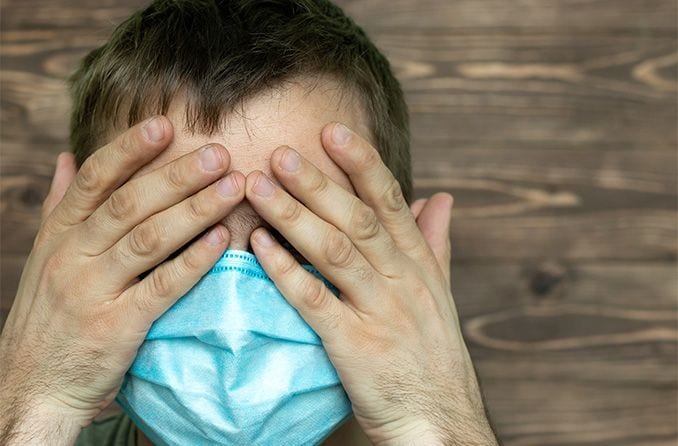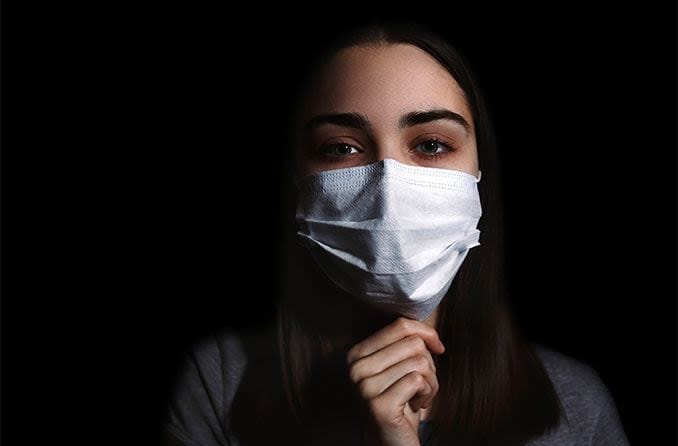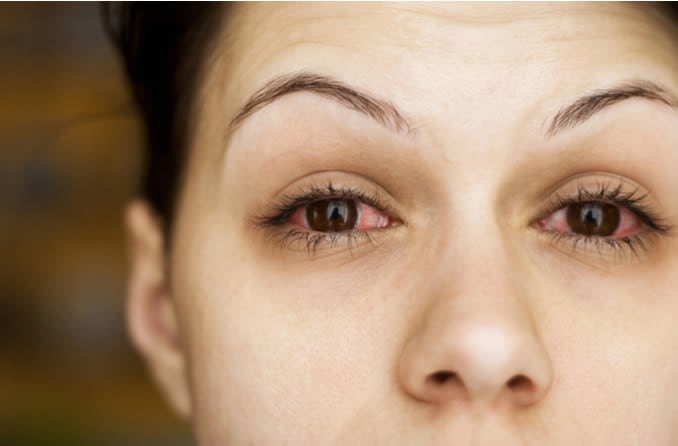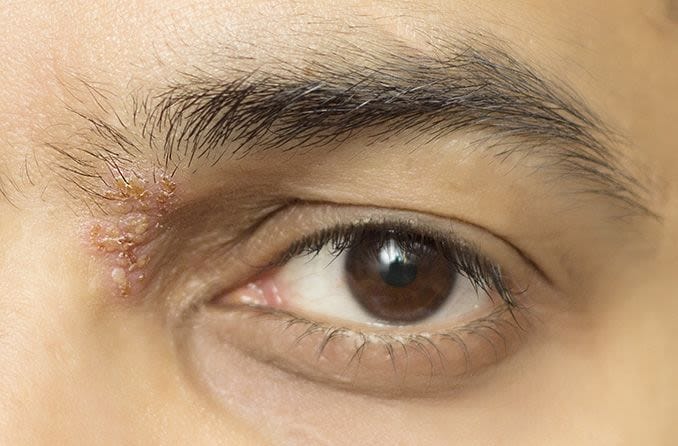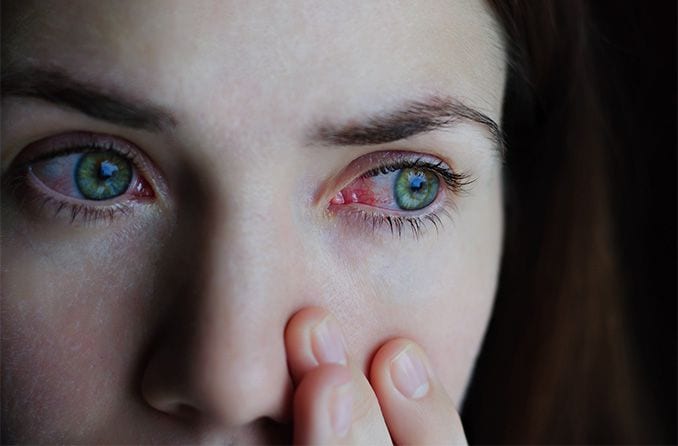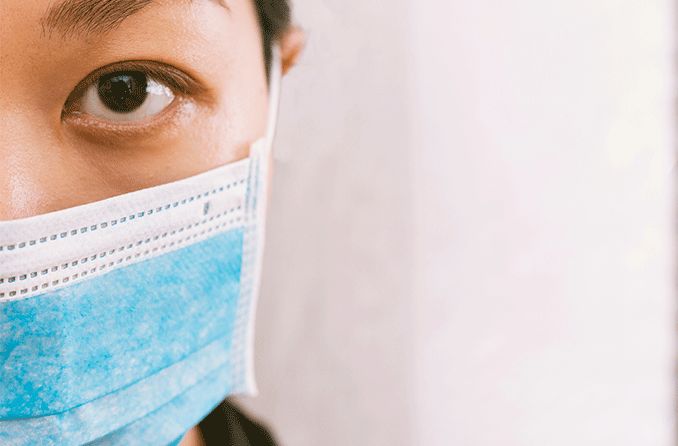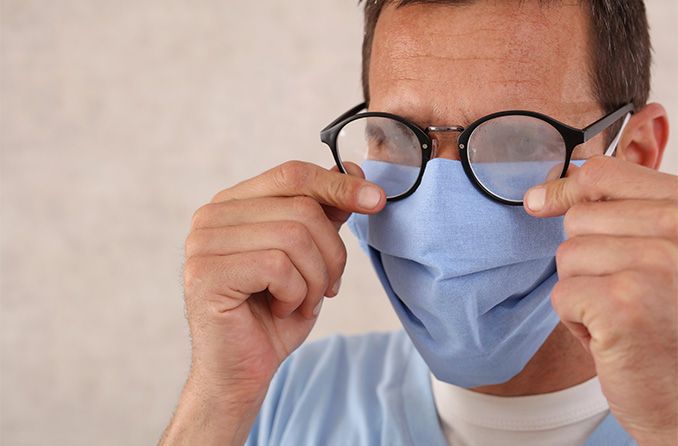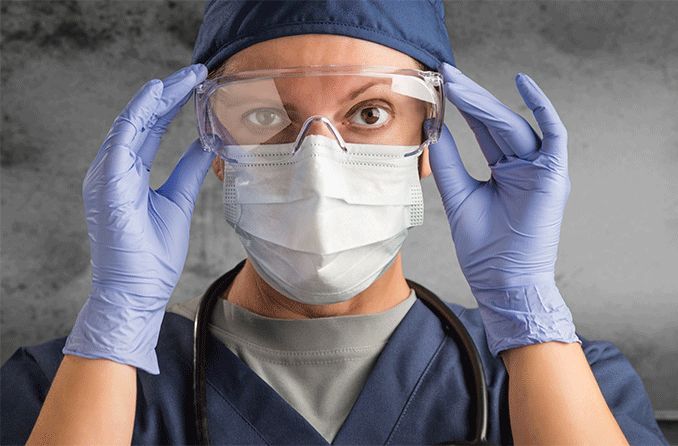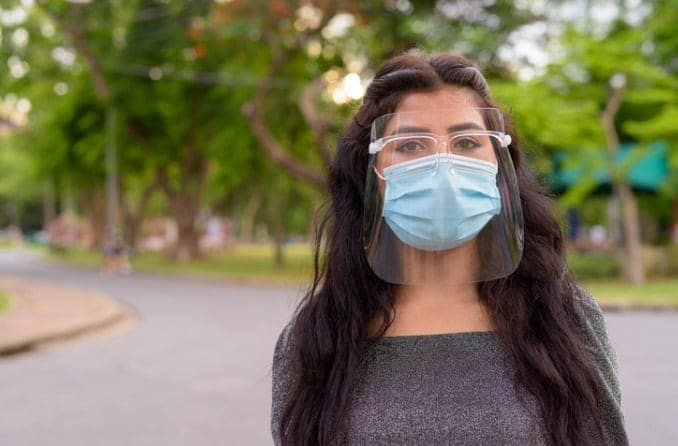How the eyes provide a route of COVID-19 infection
When it comes to COVID-19 and the eyes, it appears the coronavirus can enter your body through the eye's conjunctiva. Since this is thought to be a minor route of infection, getting COVID-19 through your eyes is unlikely.
The conjunctiva is the clear, thin membrane that covers part of the white of the eye and the inner surface of the eyelids. Some evidence suggests conjunctivitis, which most of us know as pink eye, could be a symptom of COVID-19.
In June 2020, Review of Ophthalmology reported on a recent study published in Lancet Respiratory Medicine that sheds some light on this issue. Researchers in Hong Kong found that the COVID-19 coronavirus can infect the conjunctiva of the eye, but there is no evidence to date that the disease spreads from the eye into the lungs.
Kendrick C. Shih, MD, an ophthalmologist and one of the authors of the study, points out the research did not provide evidence that the virus spreads to the rest of the body through the bloodstream, and that "the study doesn’t examine whether the virus can then be spread from the conjunctiva of COVID-19 patients to others through tears, or through eye rubbing.”
SEE RELATED: COVID-19 and pink eye
